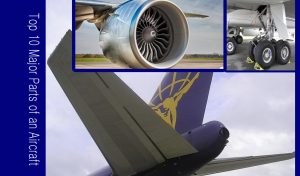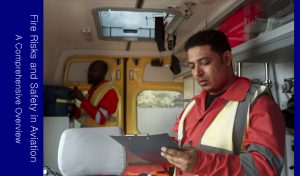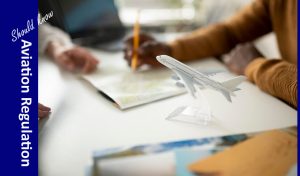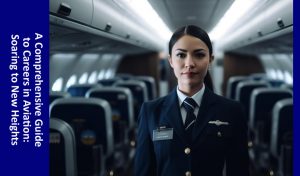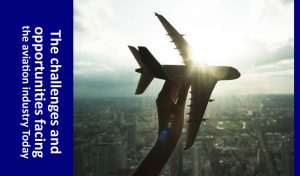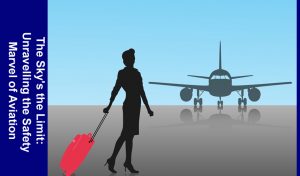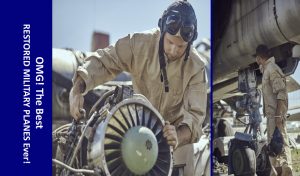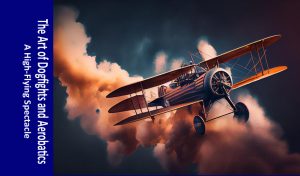Diving into the Thrilling World of Aerial Combat and Sky Dance. The Art of Dogfights and Aerobatics are two spectacular facets of aviation that have continued to captivate audiences for generations. These thrilling displays of precision, skill, and daring maneuvers showcase the remarkable capabilities of both military and civilian aircraft. In this article, we’ll explore the heart-pounding world of dogfights and the mesmerizing art of aerobatics.
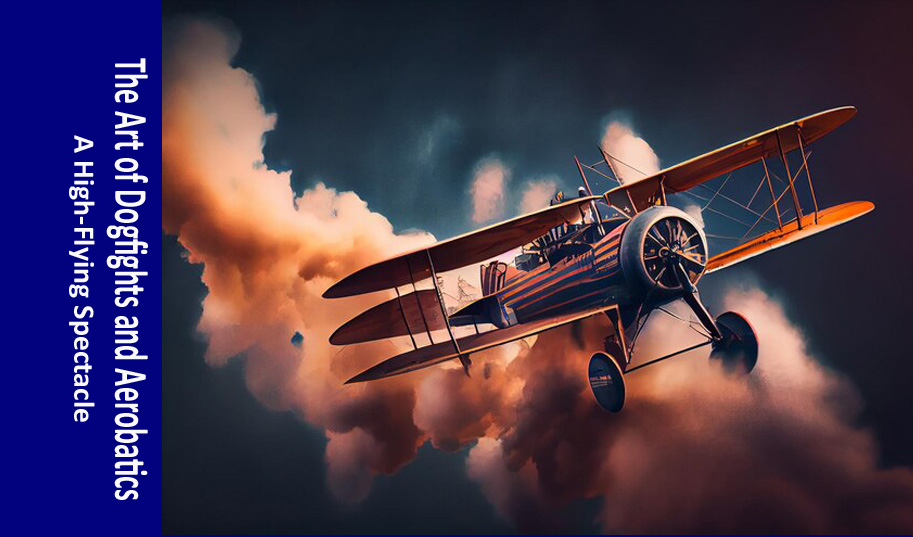
Aerial Ballet and Combat in the Skies
Dogfights and aerobatics are like two sides of the same coin, with one emphasizing skill and the other survival. Let’s embark on this exhilarating journey through the skies.
Dogfights: The Art of Aerial Combat
Dogfights, or aerial combat, are a dramatic and integral part of military aviation history, with a rich legacy dating back to World War I.
The Dance of Death
In a dogfight, two or more aircraft engage in close-quarters aerial combat. It’s a breathtaking display of wits, speed, and maneuverability as pilots attempt to outmaneuver and outgun their opponents.
Iconic Aircraft
Historically, aircraft like the Fokker Dr.I, Sopwith Camel, and the Red Baron’s Fokker Triplane have become synonymous with the dogfight, demonstrating the importance of agile and powerful machines.
The Art of Aerobatics
Aerobatics, on the other hand, are a celebration of the beauty and precision of flight, often performed by civilian and military pilots.
Sky Dance
Aerobatic displays are like a choreographed sky dance, where pilots push their aircraft to the limits of its performance. They perform a series of intricate maneuvers, loops, rolls, and spins with grace and style.
Precision and Showmanship
Aerobatics are not just about stunts; they’re a combination of precision and showmanship. Performers must be in perfect sync with their aircraft, using the laws of physics to create awe-inspiring displays.
The Thrill of G-Forces
Both dogfights and aerobatics subject pilots to intense gravitational forces, or G-forces, which can be physically demanding.
Yes, dogfights and aerobatic maneuvers subject pilots to intense gravitational forces, commonly referred to as G-forces. G-forces are a measure of the acceleration experienced by an object, in this case, a pilot or an aircraft. These forces can have a significant impact on both the aircraft and the pilot’s body.
During dogfights and aerobatic maneuvers, pilots may experience positive G-forces (Gz), which push them into their seats, and negative G-forces (Gy), which pull them out of their seats. Positive G-forces can cause blood to pool in the lower parts of the body, potentially leading to a condition known as G-induced loss of consciousness (G-LOC) if the forces are too intense and sustained. To counteract this, pilots may use anti-G suits, which inflate to squeeze the lower body and help maintain blood flow to the brain.
Aerobatic maneuvers can result in rapid changes in G-forces, and pilots must be well-trained and physically fit to handle these forces without losing consciousness or experiencing other adverse effects. The use of proper techniques, equipment, and training helps pilots manage G-forces safely and effectively during dogfights and aerobatics.
G-Forces in Dogfights
In dogfights, pilots often pull high-G maneuvers to evade their adversaries or gain an advantage. These maneuvers subject them to significant forces, testing their endurance.
G-Forces in Aerobatics
Aerobatic pilots experience G-forces too, but their focus is on precision and aesthetics. They use G-forces to create stunning aerial displays that leave spectators in awe.
The Role of Training
In both dogfights and aerobatics, training is a cornerstone of success and safety. Let us explore the role of training for both Dogfight and Aerobatics.
Dogfight Training
Dogfight training is a critical component of military pilot training, especially for fighter pilots. The role of dogfight training is to prepare pilots for air combat situations, where they may have to engage with enemy aircraft in close-range aerial combat. Here are the key roles of dogfight training:
- Skill Development: Dogfight training focuses on developing the fundamental skills required for air combat. This includes honing basic flying skills, mastering the capabilities of the aircraft, and becoming proficient in air-to-air combat tactics and techniques.
- Combat Maneuvers: Training involves teaching pilots various combat maneuvers and tactics, such as rolls, loops, turns, and spins. These maneuvers are crucial for gaining an advantage over the enemy and for evading incoming threats.
- Weapon Systems Operation: Fighter aircraft are equipped with advanced weapon systems like missiles and cannons. Pilots learn to operate and employ these systems effectively in combat situations.
- Situational Awareness: Training emphasizes the importance of maintaining situational awareness, which involves constantly monitoring the positions and actions of both friendly and enemy aircraft. This awareness helps pilots make informed decisions and respond to changing conditions.
- Rules of Engagement: Pilots are taught the rules of engagement (ROE), which outline when and how they can engage with enemy aircraft. Understanding ROE is critical to avoiding friendly fire incidents and ensuring that engagements are legal and ethical.
- Debriefing and Analysis: After training missions or exercises, debriefing sessions are conducted to review and analyze the performance of the pilots. This feedback helps pilots learn from their experiences and improve their skills.
- Adversary Training: In some cases, pilots may undergo training with specially designated adversary aircraft or units that simulate the tactics and capabilities of potential enemy forces. This provides a more realistic training experience.
- Combat Simulation: Flight simulators are valuable tools for dogfight training. Simulations allow pilots to practice combat scenarios, fine-tune their skills, and experience various combat situations without the risks associated with real flights.
- Emergency Procedures: Pilots learn and practice emergency procedures to handle unexpected situations during combat. This includes responding to system failures, damage to the aircraft, or other critical incidents.
- Physical and Mental Conditioning: Physical fitness and mental resilience are crucial for dogfight training. Pilots must be in excellent physical condition to withstand the physical stresses of high-G maneuvers. Mental conditioning helps pilots maintain focus and make split-second decisions under intense pressure.
- Teamwork and Communication: In military dogfights, pilots often work in teams. Training emphasizes effective communication and coordination among pilots to maximize their combat effectiveness.
- Combat Scenarios: Dogfight training includes exposure to a wide range of combat scenarios, from one-on-one engagements to larger air battles. This helps pilots adapt to different situations and opponents.
Aerobatic Training
Aerobatic training is essential for individuals, typically pilots, who want to perform aerobatic maneuvers in aircraft, either for competitive aerobatics, airshows, or simply to enhance their flying skills. The role of aerobatic training is as follows:
- Safety: Safety is paramount in aerobatics, where aircraft operate in a high-stress environment. Aerobatic training teaches pilots the fundamental principles and safety protocols needed to minimize the risks associated with extreme maneuvers.
- Skill Development: Aerobatic training is designed to develop and refine the skills required to execute precise and complex aerial maneuvers. This includes mastering fundamental aerobatic maneuvers like loops, rolls, spins, and hammerheads, as well as more advanced and customized routines.
- Aircraft Familiarization: Pilots in aerobatic training become intimately familiar with their aircraft, including its limits, performance capabilities, and how it handles under extreme conditions. This knowledge is vital for executing maneuvers safely.
- Mental Conditioning: Aerobatic flying requires a high degree of mental focus and situational awareness. Training helps pilots develop the mental toughness and concentration needed to make split-second decisions and maintain control during challenging maneuvers.
- G-Force Management: Aerobatic maneuvers subject pilots to high gravitational forces (G-forces). Training includes techniques to manage and tolerate these forces, such as specialized breathing and muscle tensing methods.
- Aerodynamic Understanding: Pilots must have a solid understanding of aerodynamics to execute aerobatic maneuvers with precision. Training covers topics like how to manipulate airflow and control the aircraft’s attitude effectively.
- Emergency Procedures: In the event of unexpected situations, such as a loss of control or equipment failure, aerobatic training equips pilots with the knowledge and skills to respond appropriately and recover the aircraft safely.
- Performance Evaluation: Aerobatic training often involves constructive feedback and performance evaluations, which help pilots improve their skills and refine their routines. This feedback comes from instructors and peers during practice and competitions.
- Regulatory Compliance: Aerobatic pilots must adhere to regulations and guidelines to ensure safety during airshows and competitions. Training includes a thorough understanding of these rules, including altitude limits, airspace restrictions, and display parameters.
- Routine Development: Aerobatic training allows pilots to design and practice specific aerobatic routines, which may include a combination of maneuvers, rolls, and spins. These routines are often tailored for airshow performances or competitive aerobatics.
- Risk Mitigation: Understanding the risks associated with aerobatic maneuvers is crucial. Training helps pilots identify potential hazards and make decisions to minimize these risks.
- Simulation: Flight simulators and ground-based training are often used in aerobatic training. These tools provide a safe environment for pilots to practice and refine their maneuvers without the associated risks of real flight.
Conclusion
Dogfights and aerobatics are two remarkable expressions of aviation, one born out of necessity and the other out of pure passion for the sky. While dogfights are a testament to the valor and skill of military pilots, aerobatics showcase the sheer artistry and precision of flying. Together, they remind us of the extraordinary capabilities of aircraft and the indomitable spirit of those who take to the skies.
Frequently Asked Questions (FAQs)
1. How did dogfights become a part of aviation history?
Dogfights emerged during World War I when pilots engaged in close-quarters aerial combat. The term “dogfight” originated from the maneuverability and unpredictability of these battles.
2. What are the risks associated with G-forces in dogfights and aerobatics?
High G-forces can lead to physical stress on pilots, potentially causing loss of consciousness or injury. Proper training and equipment are essential to mitigate these risks.
3. Do civilian pilots engage in dogfights?
Dogfights are primarily a military activity, but some civilian organizations offer dogfighting experiences, providing civilians with a taste of aerial combat.
4. How do aerobatic pilots prepare for their performances?
Aerobatic pilots undergo rigorous training, including learning to execute precise maneuvers, handle G-forces, and prioritize safety during their breathtaking aerial displays.
5. Are there specific aircraft designed for aerobatics and dogfighting?
Aerobatic aircraft are designed for precise maneuverability and aesthetics. In contrast, military aircraft, such as fighter jets, are optimized for dogfighting and aerial combat.
